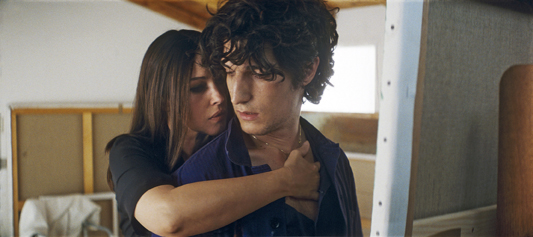
Monica Bellucci and Louis Garrel in A BURNING HOT SUMMER (IFC Films)
A Burning Hot Summer, despite the appropriateness of its title, is not a documentary about the current weather in New York City as I write this. Instead, it’s the latest relationship chamber drama by Philippe Garrel, who began his career in the wake of the French New Wave and the May 1968 uprisings. It fits solidly in the mode of his previous work: raw and unadorned, autobiographical portraits of people navigating their way through life, love, and art, often with great suffering and tragedy along the way.
These works are created with rigorous, academic precision, and Garrel consciously works like a master painter whose creations are inspired by the work of other masters. This time, Garrel offers his self-described take on Godard’s Contempt, detailing the cruelties and emotional terrorism that people often visit upon one another, while calling it love. A Burning Hot Summer, like Garrel’s other works, is narratively elliptical, each scene capturing moments out of time, leaving it up to the audience to draw the necessary connections between the episodes.
Garrel is quietly confrontational, putting his issues of love, art, and politics solidly front and center, taking an art-for-art’s-sake approach to his work, with a nearly obsessive repetition of deeply personal themes and episodes from his own life that often doesn’t sit well with some critics, who often find his autobiographical approach as overly hermetic. However, I was riveted and came away with renewed admiration for the naked honesty and raw passion that comes through with such directness.
The film opens with a death, that of painter Frédéric (Louis Garrel), who crashes his car into a tree. The final image in his mind is that of the naked form (ready to be painted) of his Italian wife, actress Angèle (Monica Bellucci). The events leading up to Frédéric’s death are recalled by his best friend, Paul (Jér?me Robart), a bit player in search of bigger acting roles. During his recollections, we also learn about Paul’s relationship with his girlfriend, Elisabeth (Céline Sallette), whom he met on the set while they were both playing small roles in a French Resistance movie.
Frédéric lives in Rome with Angèle, and is wealthy enough that he doesn’t have to sell his artworks to make a living. Materially he lacks for nothing, but he is spiritually impoverished. Living in close proximity to some of the world’s supreme masterpieces of art does nothing for his own work. “All that dead beauty is so uninspiring,” Frédéric laments. He devotes much of his time to treating Angèle with petty cruelty, often casually neglectful of her, and cheating on her with wanton abandon, mostly with prostitutes. He does this even as he declares that he can’t live without her, which ultimately proves to be the literal truth.
As for Paul, besides being an actor, he is a self-styled revolutionary, who distributes on the street a broadsheet articulating his political ideology. Frédéric rejects any kind of political engagement, preferring to devote his life to strictly personal, artistic concerns. The men’s political and social differences (Paul is a much poorer man than Frédéric) would seem to preclude such a close bond between them, but they indeed have a strong friendship, so strong that it wreaks havoc on Paul’s relationship with Elisabeth. She’s in great distress over what she perceives as Paul’s neglect of her, since he spends so much of his time with Frédéric. This is a potentially dangerous situation since Elisabeth, a melancholy woman by temperament, has attempted suicide in the past.
Although A Burning Hot Summer is intimately personal— it was inspired by the death of Garrel’s painter friend, also named Frédéric—the underlying theme encompasses a much larger scope. Garrel describes in his director’s statement that the aim of his film is to show “people who haven’t known war,” and I think that is the key to understanding these characters. Frédéric’s grandfather (played by Maurice Garrel, the director’s father) was a fighter in the French Resistance, and, of course, this is also the subject of the film within the film that Paul and Elisabeth act in. Philippe Garrel came of age during the May ’68 protests, which he revisited in his earlier film Regular Lovers. By contrast, today’s youth for the most part have a decided lack of political idealism and engagement. Even though Paul spouts revolutionary rhetoric at every opportunity, one senses that he gives little more than lip service to these ideals, and that once he achieves a more stable financial and social position, all of his vaunted radicalism will quickly fall by the wayside. The lack of commitment to anything outside themselves and their limited social circles is what causes the characters to retreat into inflicting emotional terrorism on one another, turning their anger and discontent against their own rather than the powers that be.
A Burning Hot Summer trades in the richly textured black-and-white imagery of Garrel’s two previous features Regular Lovers and Frontier of Dawn (both shot by the late, great DP William Lubtchansky) for colors that convey the heat of the film’s title. This time, another great cameraman, Willy Kurant, handles cinematography duties. Garrel favors sustained long takes and vast stretches of dialog, where characters pour out their passions, heartbreak, politics, and philosophies with raw, direct emotion. These beautiful people suffer exquisitely, most especially Louis Garrel, the director’s son and frequent star, and Céline Sallette, who delivers an especially mesmerizing performance.

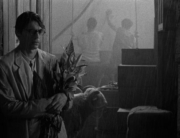



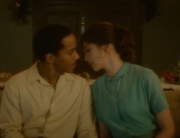



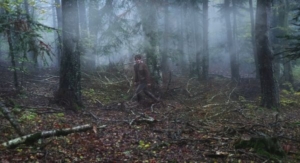
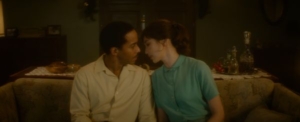




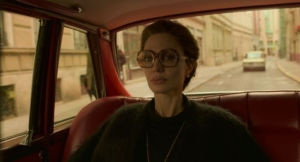
Leave A Comment